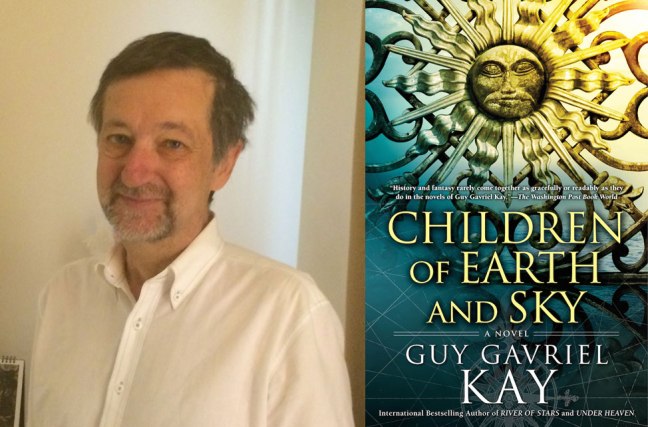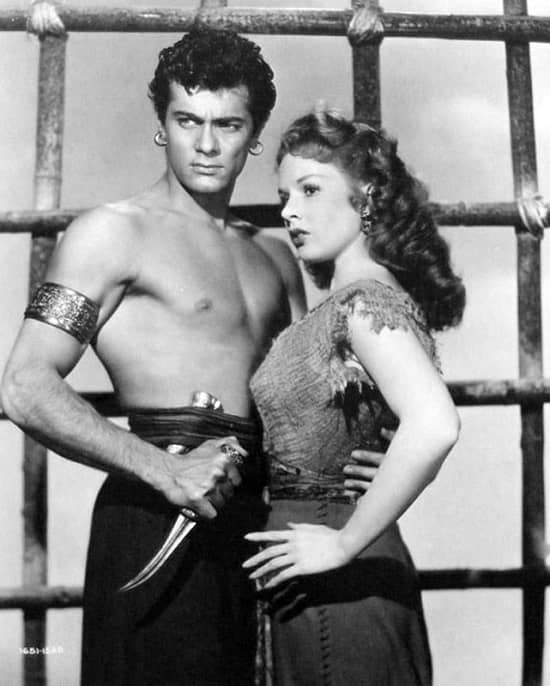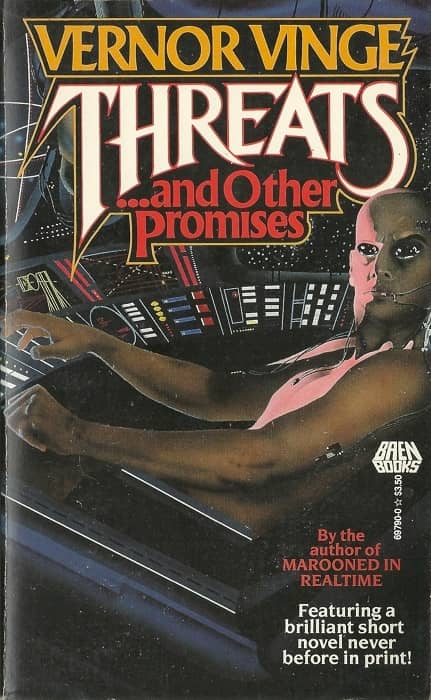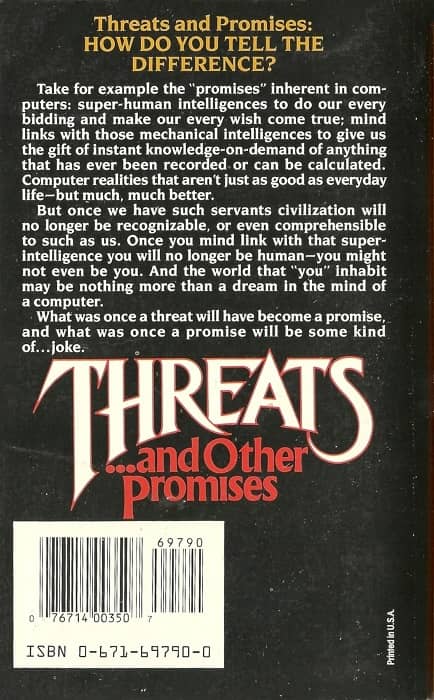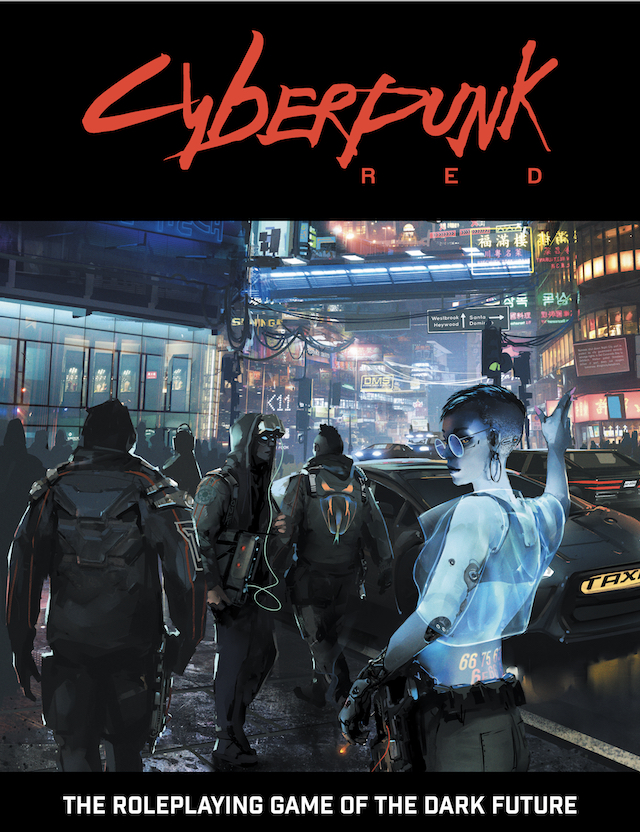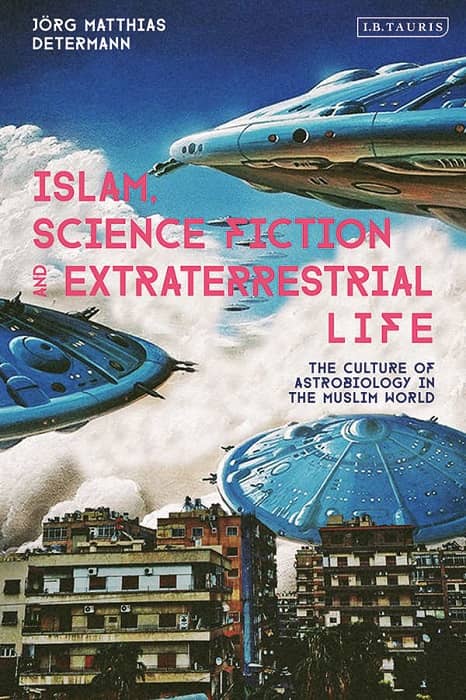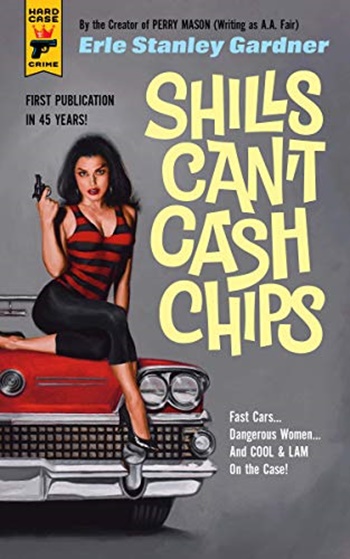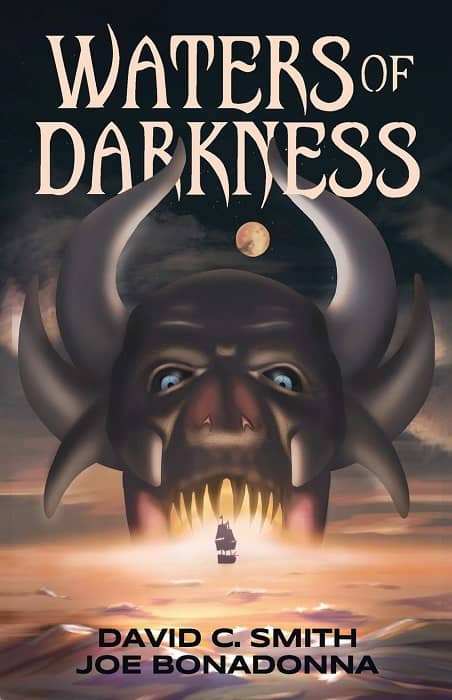An Ode to Books and Writing: The Hell’s Library Series by A.J. Hackwith
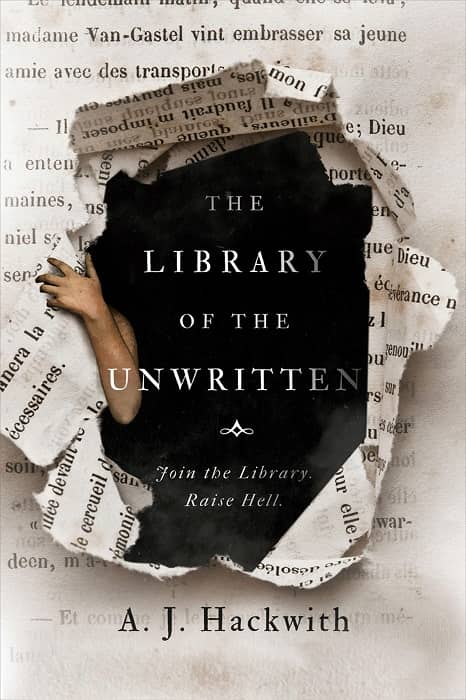 |
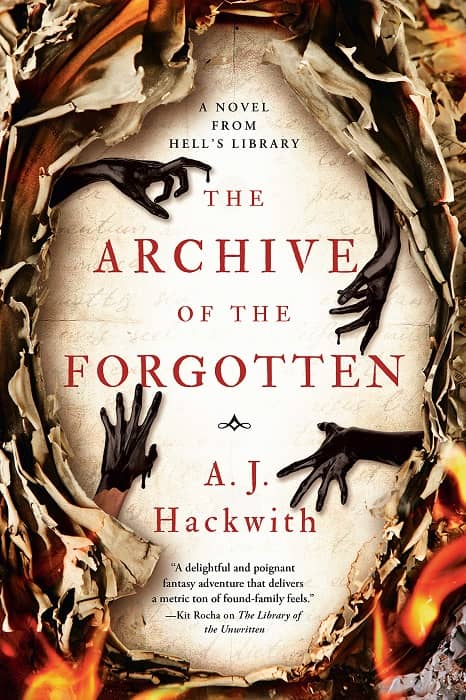 |
Cover design by Faceout Studio/Jeff Miller
One of the delights of fantasy is its diversity. Good fantasy should always surprise readers with its inventiveness, and it certainly needn’t be confined to the mundane world we live in. Case in point: A.J. Hackwith’s Hell’s Library series, which opened last year with The Library of the Unwritten, is set in a library in Hell.
That’s intriguing enough on its own. But what really got my interest was the brief plot synopsis: Hell’s Librarian, a resourceful and determined woman named Claire, learns that pages from the Devil’s Bible have been found on Earth. Authored by Lucifer himself, the pages are so dangerous that Hell and Heaven are both hellbound to find them. Together with her small staff, Claire sets out to prevent an unholy war that would likely destroy her library. Library of the Unwritten received starred reviews from Library Journal and Publishers Weekly; here’s a snippet from the former.
The Unwritten Wing in Hell is home to all stories unfinished by their authors. Claire is the head librarian. Sometimes she must chase down and return characters who have escaped from their pages. When one such hero heads to Earth to find his author, Claire, her current assistant and former muse Brevity, and the demon Leto try to capture him. The trio are attacked by the angel Ramiel, who thinks they are looking for the same tome he is: the Devil’s Bible. Deliberately lost on Earth for centuries, the Devil’s Bible could put the power of either heaven or hell in control. Claire and her companions must find it before the two realms decide to declare war… Elaborate worldbuilding, poignant and smart characters, and a layered plot make this first in a fantasy series from Hackwith… an ode to books, writing, and found families.
The Library of the Unwritten was published by Ace on October 1, 2019. It is 384 pages, priced at $17 in trade paperback and $11.99 in digital formats. Sequel The Archive of the Forgotten arrived on October 6, 2020; it is 368 pages, priced at $16/$11.99 digital. The covers were designed by Faceout Studio/Jeff Miller. See all of our recent coverage of the best new fantasy series here.
